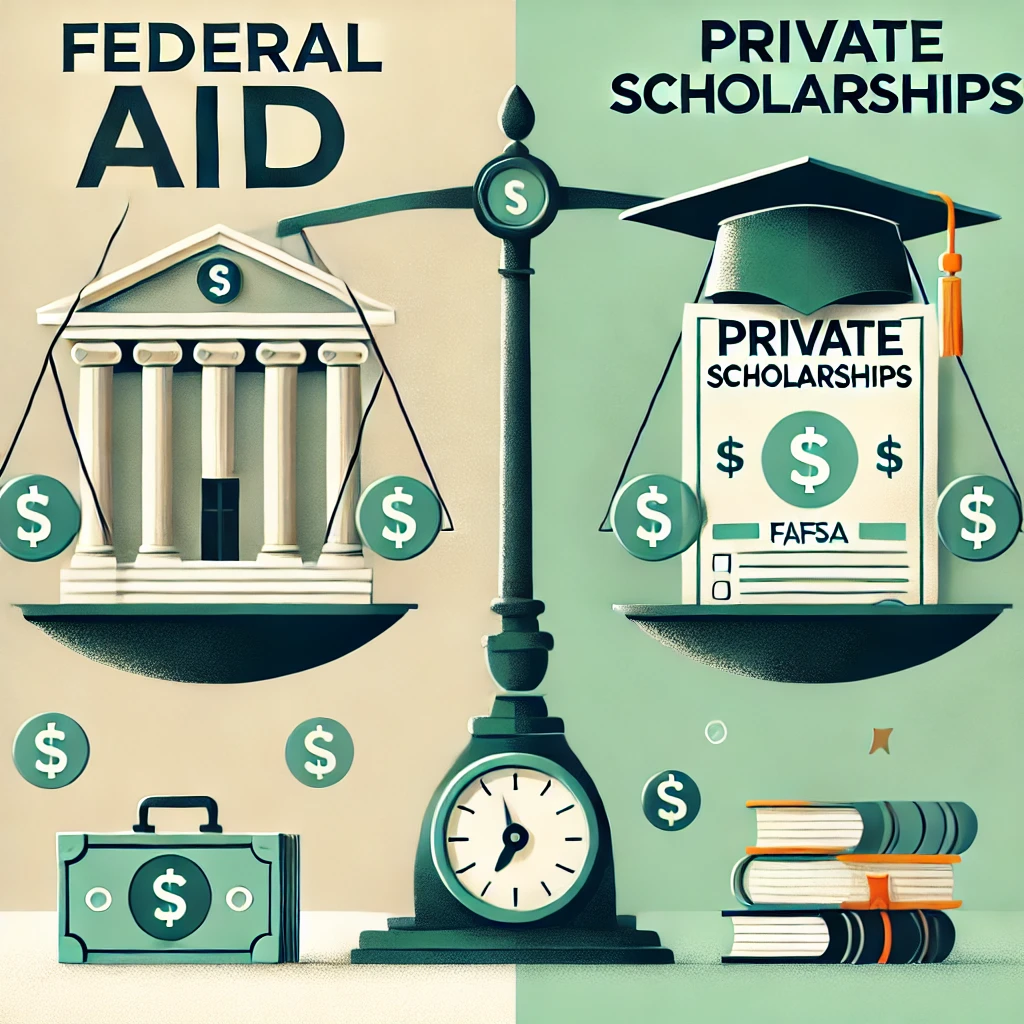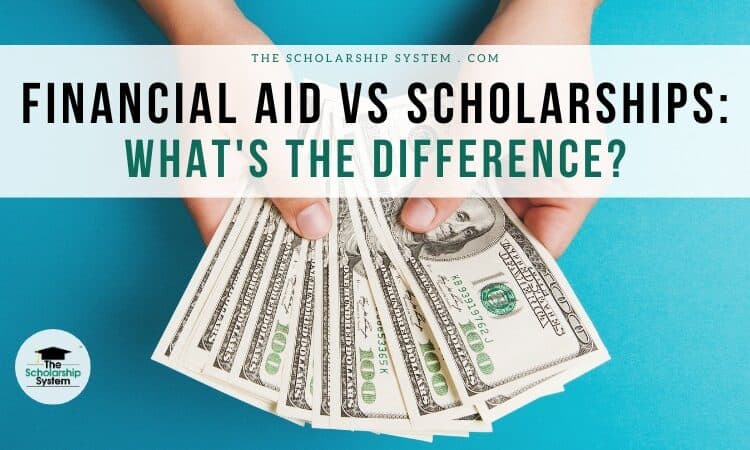Physical Address
304 North Cardinal St.
Dorchester Center, MA 02124
Physical Address
304 North Cardinal St.
Dorchester Center, MA 02124

Federal aid refers to the financial assistance provided by the government to help students afford post-secondary education. This support comes in various forms, including grants, loans, and work-study programs. A significant aspect of federal aid is its impact on low- to moderate-income students, offering a pathway to higher education that might otherwise be inaccessible. Examples of federal aid programs include:
Navigating these options can feel overwhelming, but understanding federal aid is crucial for maximizing one’s educational budget.
In contrast, private scholarships are financial awards funded by non-governmental organizations, corporations, or individuals. They come with a range of eligibility criteria and can vary significantly in amount. Unlike federal aid, private scholarships do not need to be repaid. Examples of private scholarships include:
Both federal aid and private scholarships can substantially lighten the financial burden of education, making it vital for students to explore all options available to them.
Understanding the eligibility criteria for federal aid is essential for students seeking financial assistance. To qualify, students typically need to meet several key requirements:
Navigating these requirements can sometimes feel like a puzzle, but many resources are available to help students through the process.
On the flip side, private scholarships often have their own set of criteria, which can vary widely depending on the scholarship provider. Some common eligibility parameters include:
By understanding these criteria, students can better position themselves to successfully navigate both federal aid and private scholarship opportunities, potentially shortening the path to financial freedom in education.
The application process for federal aid begins with the dreaded FAFSA—Free Application for Federal Student Aid. This form is crucial for students aiming to secure various types of government assistance. Here are the steps to get started:
Completing the FAFSA might seem daunting, but it’s a vital step toward accessing funds that can alleviate educational expenses.
In contrast, applying for private scholarships often involves a more personalized approach. Each scholarship may have different requirements, but here’s a general outline:
For instance, when applying for a competitive merit-based scholarship, crafting a compelling personal statement can make a significant difference. By staying organized and proactive, students can enhance their chances of securing both federal aid and private scholarships.
The amount of federal aid a student receives is primarily based on financial need, which is assessed through the FAFSA. However, several factors come into play when determining these amounts:
For example, a student with a high level of financial need may qualify for a Pell Grant, which provides up to several thousand dollars per year.
On the other hand, private scholarship disbursement varies by scholarship provider, but it usually involves a few common steps:
Understanding the disbursement process for both federal aid and private scholarships is essential for students. It enables them to plan their finances effectively and ensure they can cover their educational expenses without unnecessary stress.
Once students receive federal aid, understanding how to renew that aid is crucial to maintaining financial support throughout their education. The renewal process primarily involves reapplying through the FAFSA each academic year. Here are the key steps:
By proactively managing this process, students can secure their aid without interruption.
The duration of private scholarships varies widely depending on the scholarship’s terms. Typically:
For example, renewable scholarships often require recipients to submit progress reports or reapply annually. Understanding these differences helps students plan their finances effectively, ensuring they have sufficient support throughout their educational journey.

While federal aid is a crucial lifeline for many students, it does come with specific restrictions on how funds can be utilized. Understanding these limitations is essential for all recipients. Some key restrictions include:
Private scholarships also carry limitations that students should be aware of. These include:
Navigating these restrictions requires careful planning and awareness. Understanding these constraints can help students make informed decisions about their financial aid and scholarship options, ultimately leading to more effective financial planning for their education.
Federal aid can significantly influence the availability and amount of private scholarships that a student may receive. When students apply for various forms of financial assistance, it’s not uncommon for scholarship providers to consider a student’s federal aid package. Here’s how federal aid impacts scholarships:
Understanding this dynamic can help students strategize their applications more effectively.
Conversely, private scholarships can also affect federal aid packages. When students receive private scholarship money, federal aid offices may adjust funding to account for these additional resources:
By comprehending how these financial avenues interact, students can make better-informed decisions about their funding strategies, ultimately maximizing their financial support for education.
When considering financial options for education, federal aid presents both advantages and disadvantages. One of the primary benefits is affordability. Federal grants, such as Pell Grants, do not require repayment, significantly relieving financial burdens. Additionally, federal loans often come with lower interest rates compared to private loans, making them more accessible. However, there are drawbacks:
For example, a recent graduate may find themselves overwhelmed by student loan payments, even while trying to establish their career.
Private scholarships similarly offer a mixed bag of benefits and limitations. On the positive side, they often come with minimal restrictions on use, allowing funds to cover a range of educational expenses beyond just tuition. Furthermore, many scholarships target specific groups, aiding underrepresented students. However, drawbacks include:
In navigating the complex landscape of federal aid and private scholarships, understanding these pros and cons is crucial for students aiming to make informed financial decisions that will benefit their educational journey.